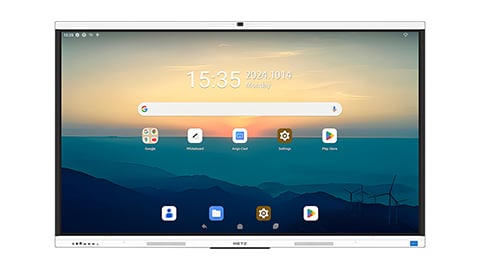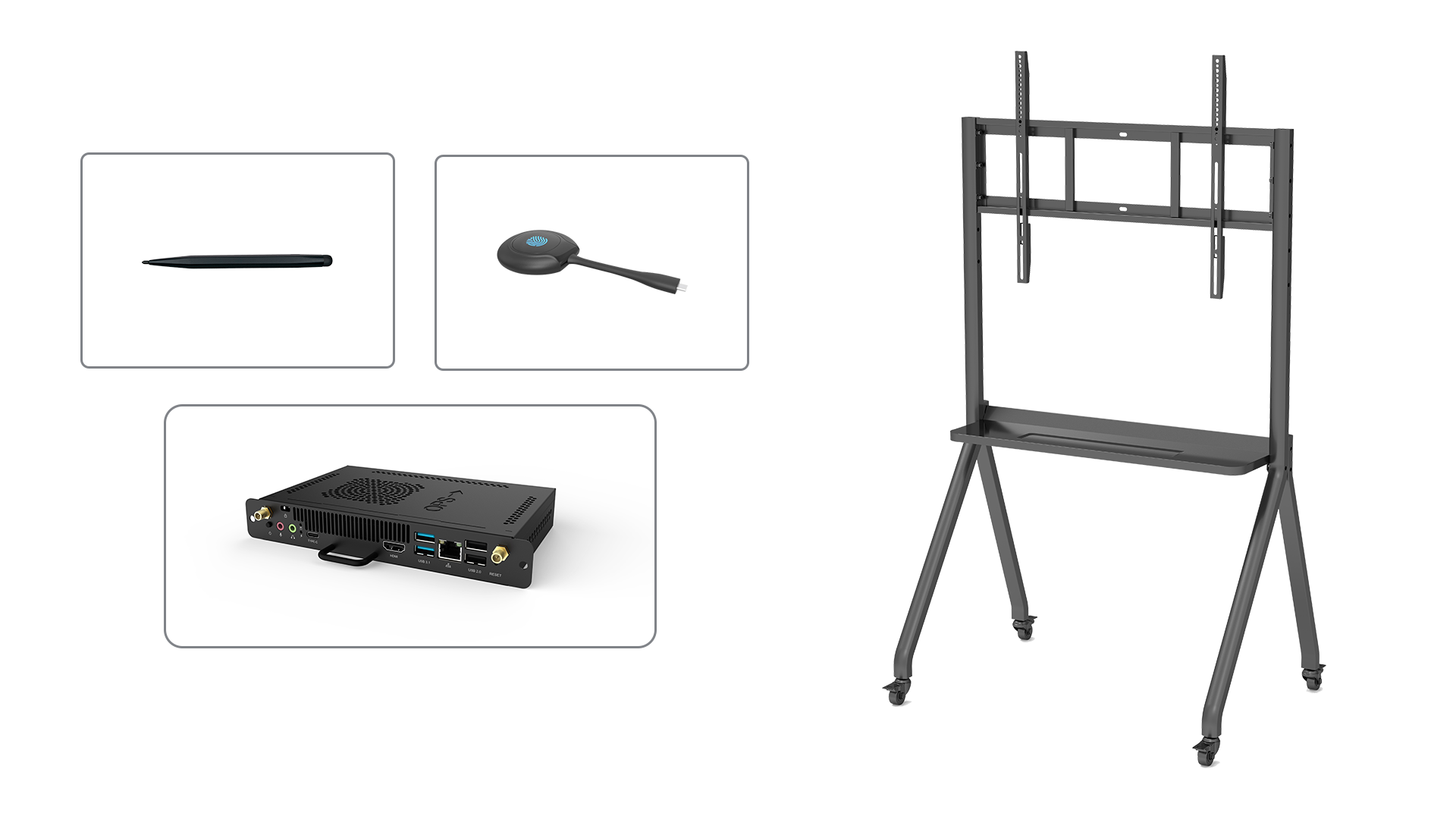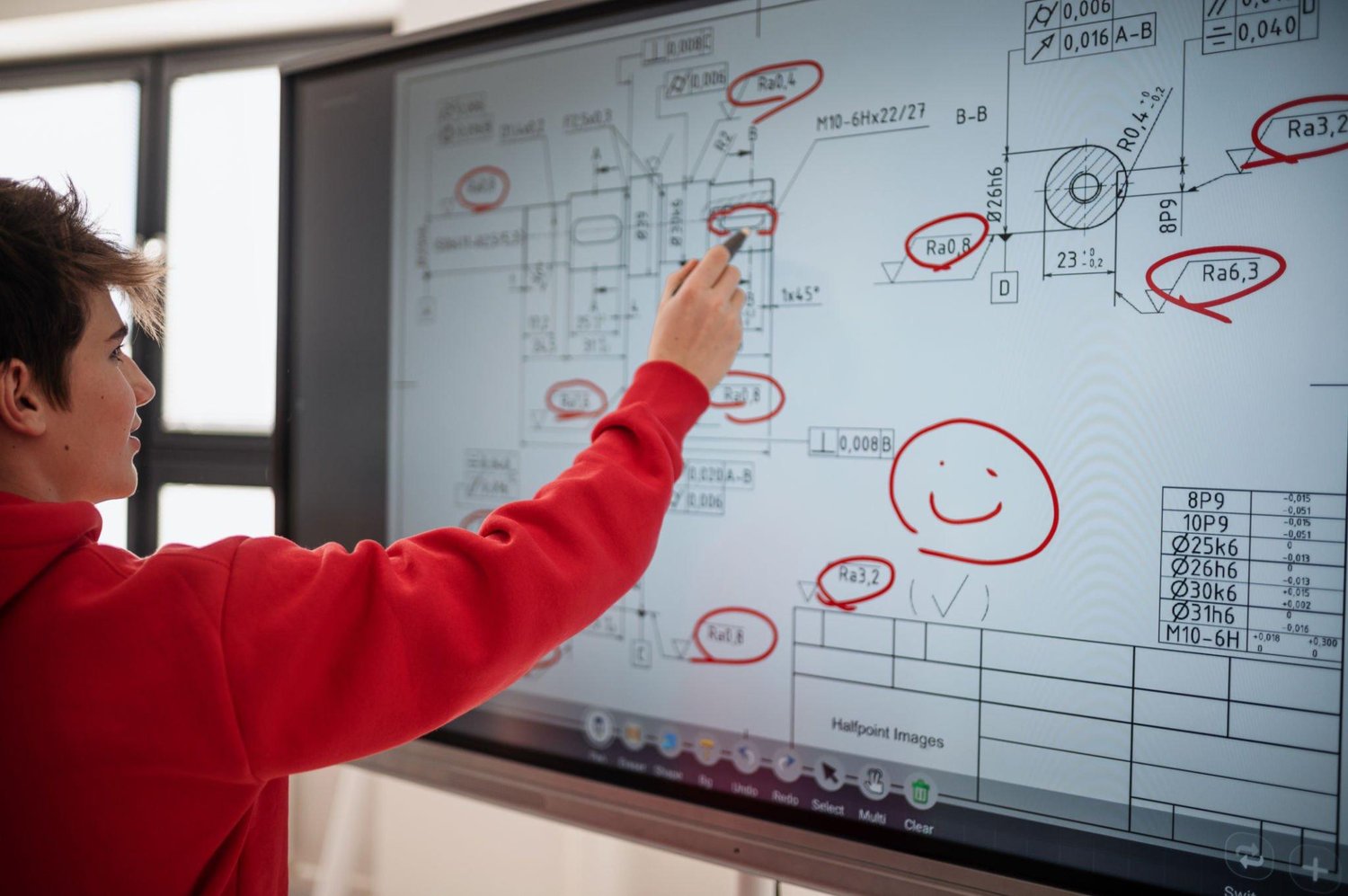Introduction
In today's fast-paced digital world, traditional teaching methods are being transformed by innovative technologies. One such game-changer in education is the smart board. Combining the functionalities of a regular whiteboard with the interactive capabilities of a computer, the smart board is revolutionizing classrooms around the globe.
The Benefits of Smart Board Teaching
By integrating smart board teaching into the curriculum, educators can create an engaging and interactive learning environment. Here are some key benefits:
- 1. Enhanced Visual Learning: Smart boards allow teachers to present information in a visually appealing manner, making it easier for students to grasp complex concepts.
- 2. Interactive Lessons: With touch and gesture recognition technology, students can actively participate in lessons by interacting directly with the smart board. This hands-on approach promotes a deeper understanding of the subject matter and encourages student engagement.
- 3. Real-Time Feedback: Smart boards enable teachers to provide instant feedback to students. This immediate response helps students identify mistakes and learn from them, enhancing the learning process.
- 4. Multimedia Integration: The smart board allows teachers to incorporate multimedia elements such as videos, audio clips, and interactive games into their lessons. This multimedia integration makes learning more dynamic and captivating for students.
Implementing Smart Board Teaching
Integrating smart board teaching into the classroom requires a few key steps:
- 1. Teacher Training: Educators need to be trained on how to effectively use the smart board and its associated software. Training sessions should cover both technical skills and pedagogical strategies.
- 2. Curriculum Alignment: Smart board teaching should be integrated into the curriculum to ensure that it supplements and enhances the existing learning objectives. Teachers should identify specific topics or concepts where the smart board can add value.
- 3. Interactive Lesson Design: Teachers should design interactive lessons that leverage the capabilities of the smart board. This includes creating engaging activities, integrating multimedia elements, and encouraging student participation.
- 4. Assessment and Evaluation: Teachers should incorporate assessments and evaluations that utilize the smart board. This could include quizzes or interactive exercises that allow students to demonstrate their understanding of the content.
Conclusion
Smart board teaching is transforming education by creating a more interactive and engaging learning experience. By leveraging the benefits of smart boards, teachers can captivate students' attention, promote active learning, and enhance academic achievement. As education continues to evolve, the smart board is undoubtedly a valuable tool for shaping the future of learning.
We welcome any questions or feedback you may have, so don't hesitate to get in touch with our knowledgeable team






